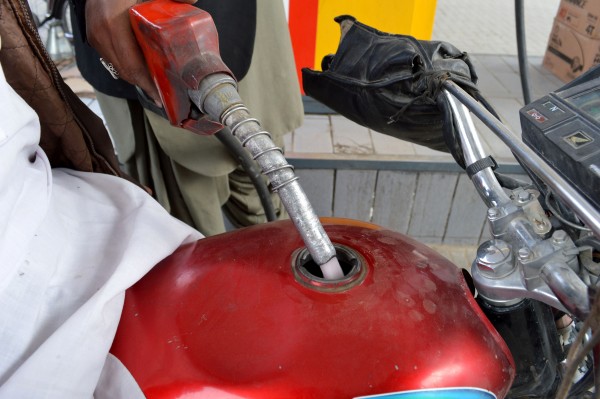

Follow us on:  
|


Prices at the pump have fallen in many countries. In the US, it’s as low as $1.77 a gallon.
A rebound in oil prices Wednesday following reports that the US supplies of crude had fallen by as much 3.6 million barrels will likely do little to comfort an energy sector plagued by job losses.
Benchmark West Texas Crude (WTI) was trading at $37.72 a barrel at the noonday mark on Wednesday – some 5.5 per cent down from last week’s close, while Brent Crude edged to $40.50 a barrel.
As oil prices continue to plunge from their heyday in early 2014, there are concerns in both Europe and the US that major industry and production could be dragged along in what has so far appeared as a 22-month free fall.
Oil supply is currently more than demand – the stagnation and recession in many Eurozone countries has forced industry and governments to scale back imports.
Such prospects are a headache for major oil companies who have slashed budgets, cut back in major investments, and fired thousand of workers in the industry in the past year.
Unemploymentdata.com, citing energy industry consultant Graves & Co., says that oil and gas companies have fired a quarter of a million employees since prices slumped … and that’s just the beginning.
Saturation
The Organization of Petroleum Exporting Countries (OPEC) cartel last week said it would not cut production quotas but push official ceilings of 30 million barrels a day to at least 31.5 million barrels a day.
Markets are also rattled by news that Iran will quickly flood the markets with an additional one million barrels a day as soon as economic sanctions are lifted.
Major oil producers such as Texaco, ConocoPhilips, and others are also beginning to worry as they see their profits slashed. Prices at the pump in the US – already $1.77 n some states – could fall to a national average of $1.60 in the next few weeks.
Even before the latest oil price tumble, companies investing in shale oil production started to fear a dwindling profit margin and began to scale back investment in this energy sector.
Shale investor ConocoPhilips, for example, has already slashed its budget by more than 20 per cent.
In one of its reports on the health of the oil and energy industry, Goldman Sachs warns that with supply far outpacing demand storage facilities are at near saturation points.
“Distillate storage utilization in the U.S. and Europe is nearing historically high levels, following near record refinery utilization, only modest demand growth (especially relative to gasoline), and increased imports from the East on refinery expansion and Chinese exports,” the report said.
In order to get rid of over-capacity, oil prices will be driven lower to encourage market demand.
“This raises the specter of 1998 (and) 2009 when distillate storage hit capacity, pushing runs and crude oil prices sharply lower,” the report continued.
Last month, Goldman Sachs forecast that oil prices could fall as low as $20 a barrel.
The BRICS Post with inputs from Agencies